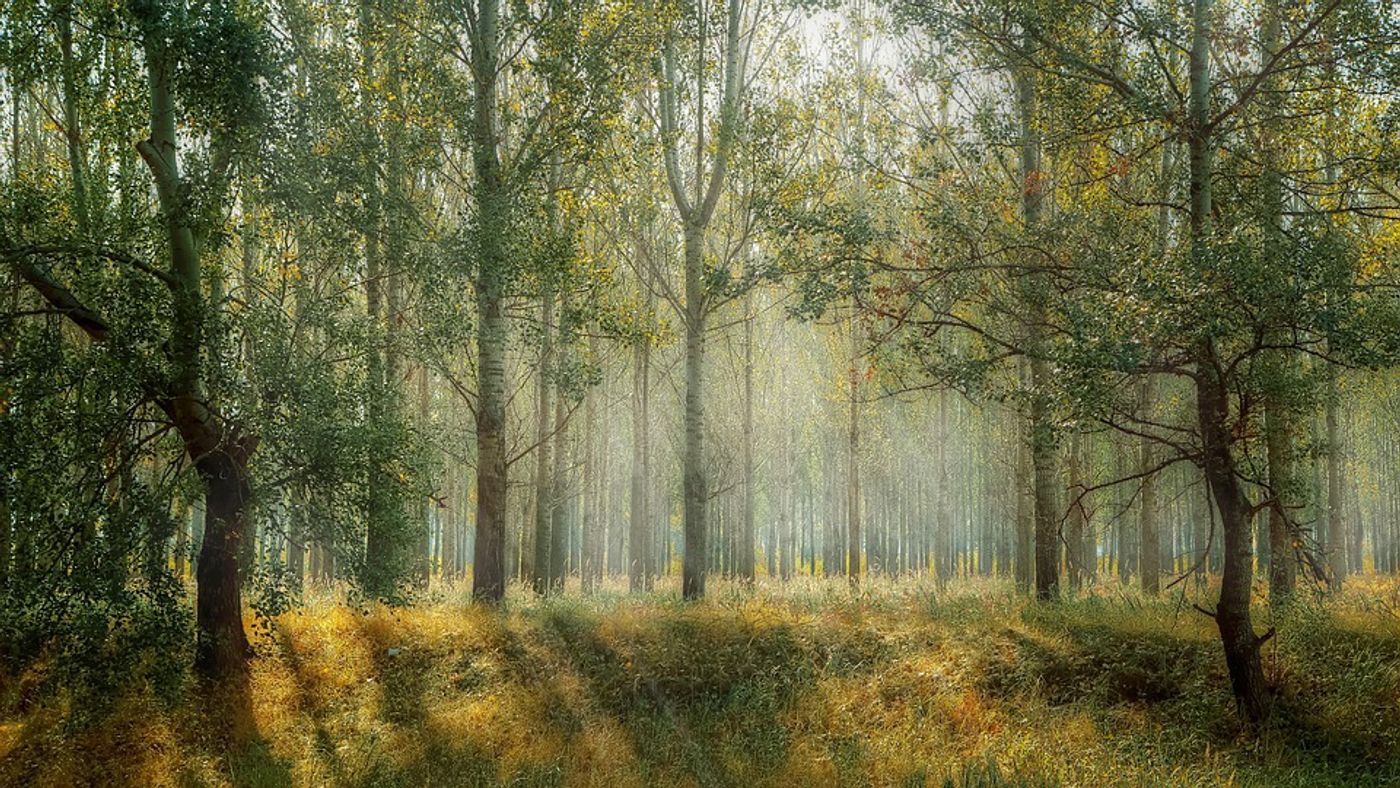The best climate change plan: invest in trees
The American Association for the Advancement of Science (AAAS) had its annual meeting in Washington DC this year and there were a lot of hot topics. One of the topics was research presented by ecologist Dr. Thomas Crowther, who is encouraging the scientific community to take another look at the impact that mass reforestation could have on climate change mitigation.
Findings from previous studies of similar data have meant that we haven’t given trees the value they deserve in terms of their capacity to mitigate climate change, said Dr. Crowther. In fact, reports The Independent, if this reforestation plan was implemented, it would be more effective than any other existing mitigation strategy.
Dr. Crowther used machine learning and AI to analyze a huge set of data composed of ground-based surveys and satellites in order to figure out just how much reforestation is possible. The number of trees they came up with? There is space on Earth to grow an additional 1.2 trillion trees. (Dr. Crowther and his team determined that roughly three trillion trees already inhabit the planet.)
By modeling the carbon capture created by reforestation, Dr. Crowther figured out that such a vegetation expansion could greatly mitigate climate change through carbon uptake – enough to even cancel out a decade of human emissions, the scientists report.
“There are 400 gigatons now, in the 3 trillion trees, and if you were to scale that up by another trillion trees that’s in the order of hundreds of gigatons captured from the atmosphere – at least 10 years of anthropogenic emissions completely wiped out,” Dr. Crowther commented.
Of course, it may not actually be feasible to plant trees on every empty space that Crowther and his team identified, but the idea is still viable – and in this case, every tree helps.
“It’s a beautiful thing because everyone can get involved. Trees literally just make people happier in urban environments, they improve air quality, water quality, food quality, ecosystem service, it’s such an easy, tangible thing,” said Dr. Crowther. And the space to make it happen has vast potential. “We are not targeting urban or agricultural area, just degraded or abandoned lands, and it has the potential to tackle the two greatest challenges of our time – climate change and biodiversity loss.”
Sources: The Independent, Global Times









